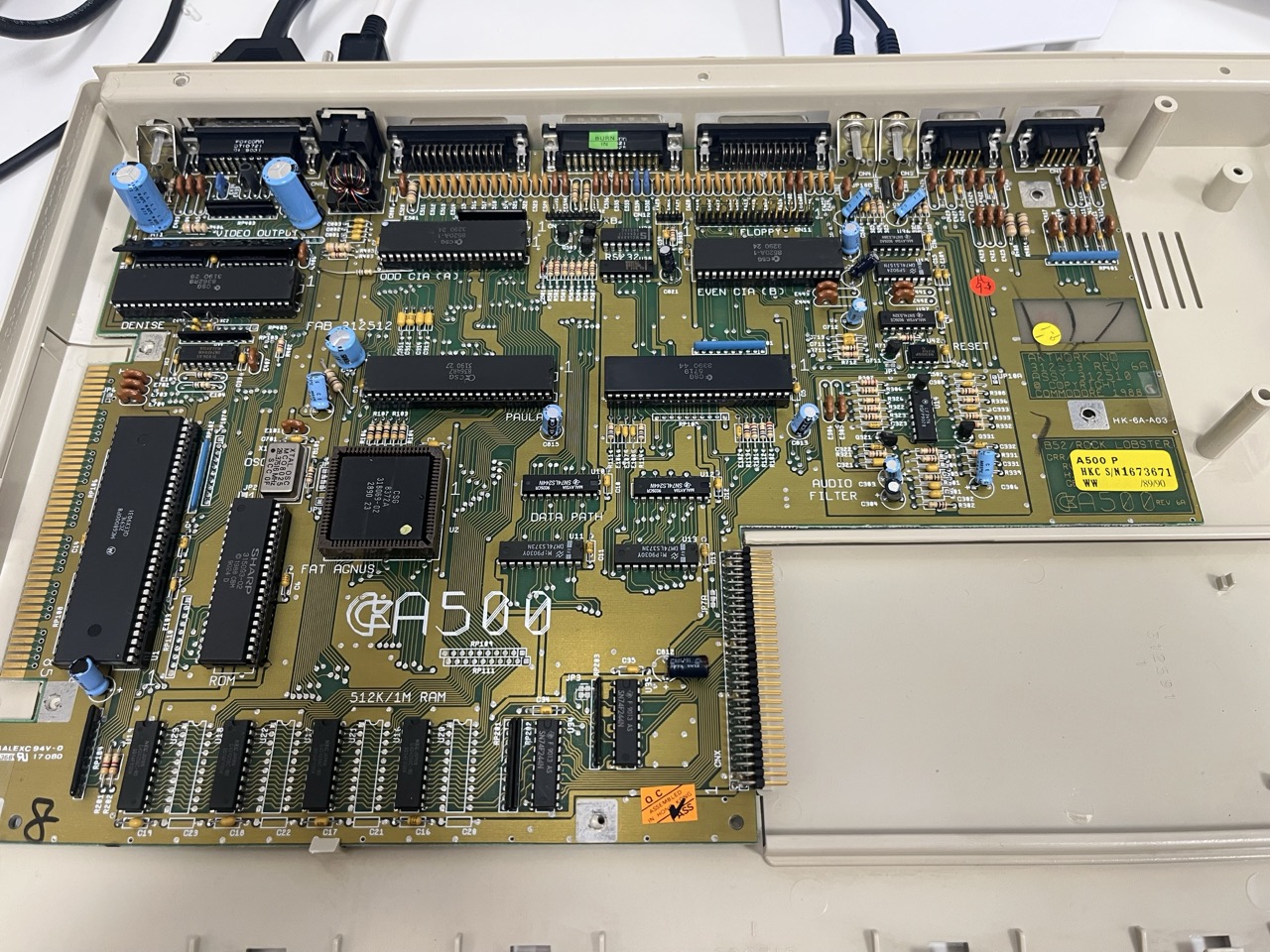Adventures with an Amiga 500: Part 3 - Moar RAM!
Having a working Amiga 500 that’s able to run most classic games is nice, but having one that’s also able to run some of the newer software is much, much better.
The Amiga 500 comes with 512 KB of RAM soldered on the board, acting as what it’s called Chip RAM. Let’s see how much we can add on top of that.
RAM: The fast, the slow and… the chip?
Being a newcomer to the world of Amiga computers, everything related to RAM was very confusing to me. Long story short, on the Amiga 500 you can roughly have three types of RAM:
